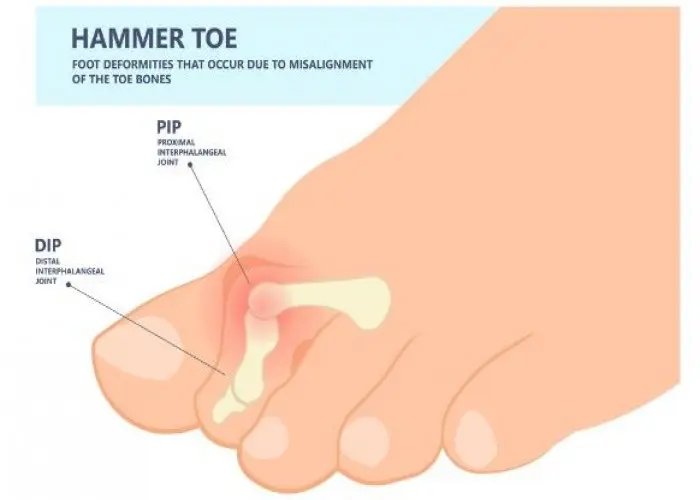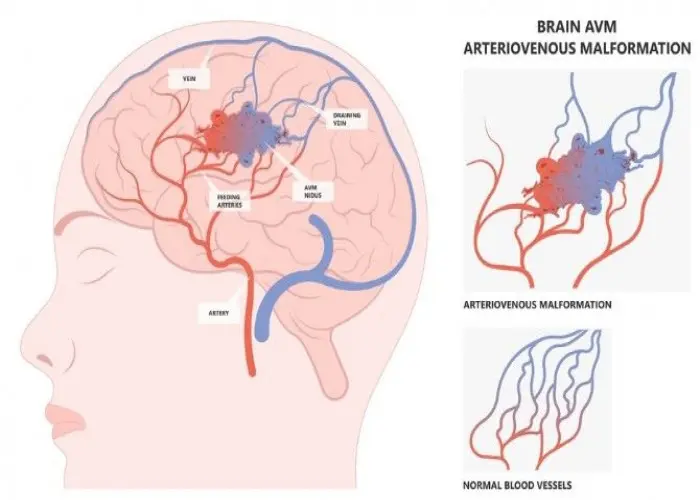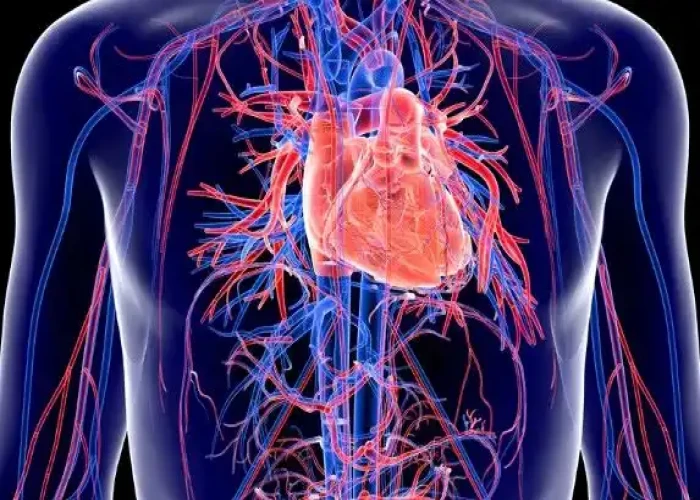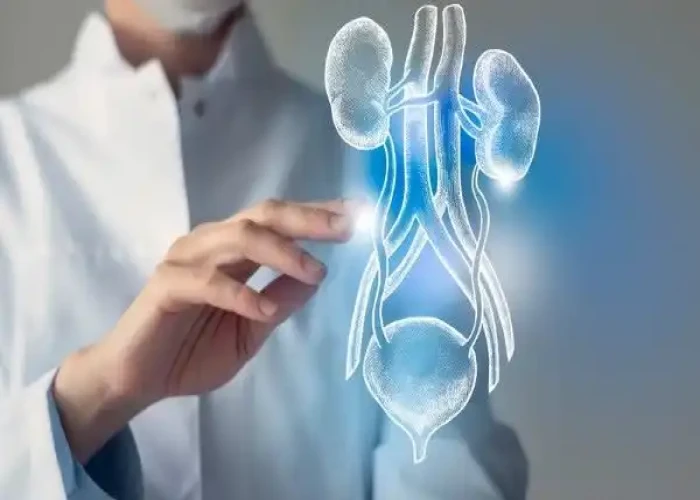 Welcome
Welcome
“May all be happy, may all be healed, may all be at peace and may no one ever suffer."
Phantom pain

Phantom pain is a sensation of pain that is experienced in a body part that is no longer present, such as an amputated limb. It is a common phenomenon that can be experienced by individuals who have undergone amputation or other types of nerve damage.
The exact cause of phantom pain is not fully understood, but it is thought to be related to changes in the nervous system following the loss of a body part. This can result in the brain continuing to receive pain signals from the missing limb, leading to the sensation of pain.
Symptoms of phantom pain can vary in intensity and frequency. Some individuals may experience mild discomfort or tingling, while others may experience severe, debilitating pain that interferes with their daily activities.
Treatment options for phantom pain may include medication, such as antidepressants or anticonvulsants, which can help to alleviate the sensation of pain. Other therapies, such as physical therapy or the use of transcutaneous electrical nerve stimulation (TENS), may also be effective in reducing pain.
It is important for individuals experiencing phantom pain to work closely with their healthcare provider to develop an effective treatment plan. In some cases, a multidisciplinary approach involving a team of healthcare professionals may be necessary to manage the symptoms of phantom pain.
Research Papers
Disease Signs and Symptoms
- Leg pain
- Foot pain
- Pain that comes and goes or is continuous
- A musty odor in the breath, skin or urine, caused by too much phenylalanine in the body
Disease Causes
Phantom pain
The exact cause of phantom pain is unclear, but it appears to come from the spinal cord and brain. During imaging scans — such as magnetic resonance imaging (MRI) or positron emission tomography (PET) — portions of the brain that had been neurologically connected to the nerves of the amputated limb show activity when the person feels phantom pain.
Many experts believe phantom pain may be at least partially explained as a response to mixed signals from the brain. After an amputation, areas of the spinal cord and brain lose input from the missing limb and adjust to this detachment in unpredictable ways. The result can trigger the body's most basic message that something is not right: pain.
Studies also show that after an amputation the brain may remap that part of the body's sensory circuitry to another part of the body. In other words, because the amputated area is no longer able to receive sensory information, the information is referred elsewhere — from a missing hand to a still-present cheek, for example.
So when the cheek is touched, it's as though the missing hand is also being touched. Because this is yet another version of tangled sensory wires, the result can be pain.
A number of other factors are believed to contribute to phantom pain, including damaged nerve endings, scar tissue at the site of the amputation and the physical memory of pre-amputation pain in the affected area. A poorly-fitting prosthesis may also cause pain, though this is typically considered a cause of residual limb pain.
Disease Prevents
Phantom pain
Because the risk of developing phantom pain is higher for people who have experienced pain in the limb before amputation, some doctors recommend regional anesthesia (spinal or epidural) in the hours or days leading up to amputation. This may reduce pain immediately following surgery and reduce the risk of lasting phantom limb pain.
Disease Treatments
Finding a treatment to relieve your phantom pain can be difficult. Doctors usually begin with medications and then may add noninvasive therapies, such as acupuncture.
More-invasive options include injections or implanted devices. Surgery is done only as a last resort.
Medications
Although no medications specifically for phantom pain exist, some drugs designed to treat other conditions have been helpful in relieving nerve pain. No single drug works for everyone, and not everyone benefits from medications. You may need to try different medications to find one that works for you.
Medications used in the treatment of phantom pain include:
- Over-the-counter (OTC) pain relievers. Acetaminophen (Tylenol, others), ibuprofen (Advil, Motrin IB, others) or naproxen sodium (Aleve) might relieve phantom pain. Take these medications only as directed by your doctor. Overuse can cause serious side effects, such as stomach bleeding.
- Antidepressants. Tricyclic antidepressants may relieve the pain caused by damaged nerves. Examples include amitriptyline, nortriptyline (Pamelor) and tramadol (Conzip, Ultram). Possible side effects include sleepiness, dry mouth and blurred vision.
- Anticonvulsants. Epilepsy drugs — such as gabapentin (Gralise, Neurontin) and pregabalin (Lyrica) — may be used to treat nerve pain. Side effects may include dizziness, sedation and mood changes.
- Narcotics. Opioid medications, such as codeine and morphine, may be an option for some people. Taken in appropriate doses under your doctor's direction, they may help control phantom pain.
- However, you may not be able to take them if you have a history of substance abuse. Even if you don't have a history of substance abuse, these drugs can cause many side effects, including constipation, nausea, vomiting or sedation.
- N-methyl-d-aspartate (NMDA) receptor antagonists. This class of anesthetics works by binding to the NMDA receptors on the brain's nerve cells and blocking the activity of glutamate, a protein that plays a large role in relaying nerve signals.
- In studies, NMDA receptor antagonists ketamine and dextromethorphan helped relieve phantom pain. Side effects of ketamine include mild sedation, hallucinations or loss of consciousness. No side effects were reported from the use of dextromethorphan.
Medical therapies
As with medications, treating phantom pain with noninvasive therapies is a matter of trial and observation. The following techniques may relieve phantom pain for some people:
- Mirror box. This device contains mirrors that make it look like an amputated limb exists. The mirror box has two openings — one for the intact limb and one for the residual limb.
- The person then performs symmetrical exercises, while watching the intact limb move and imagining that he or she is actually observing the missing limb moving. Some studies, though not all, have found that this exercise may help relieve phantom pain.
- Acupuncture. The National Institutes of Health has found that acupuncture may ease some types of chronic pain. In acupuncture, the practitioner inserts extremely fine, sterilized stainless steel needles into the skin at specific points on the body. Acupuncture is generally considered safe when performed correctly.
- Repetitive transcranial magnetic stimulation (rTMS). This therapy uses an electromagnetic coil placed against the forehead. Short pulses are sent through the coil that cause small electrical currents in the nerves located in a specifically targeted area of the brain.
- Research suggests that this therapy may be helpful for phantom pain, though it isn't yet specifically approved for this condition. The magnetic field is similar to the one used in MRI scans. Side effects may include a mild headache or lightheadedness.
- Spinal cord stimulation. Your doctor inserts tiny electrodes along your spinal cord. A small electrical current delivered continuously to the spinal cord can sometimes relieve pain.
Surgery
Surgery may be an option if other treatments haven't helped. Surgical options include:
- Brain stimulation. Deep brain stimulation and motor cortex stimulation are similar to spinal cord stimulation except that the current is delivered within the brain. A surgeon uses a magnetic resonance imaging (MRI) scan to position the electrodes correctly. Although the data are still limited and these treatments aren't specifically approved for phantom pain, brain stimulation appears to be a promising option in selected individuals.
Potential future treatment
Newer approaches to relieve phantom pain include virtual reality goggles. The computer program for the goggles mirrors the person's intact limb, so it looks like there's been no amputation. The person then moves his or her virtual limb around to accomplish various tasks, such as batting away a ball hanging in midair.
Although this technique has been tested only on a small number of people, it appears to help relieve phantom pain.
Disease Diagnoses
Disease Allopathic Generics
Disease Ayurvedic Generics
Disease Homeopathic Generics
Disease yoga
Phantom pain and Learn More about Diseases

Hammertoe and mallet toe

Bee sting

Tape Worm

Pubic lice (crabs)

Intracranial venous malformations

Transposition of the great arteries

Uterine Inflammation (Cervicitis)

Urethral stricture
phantom pain, ফানটোম ব্যথা
To be happy, beautiful, healthy, wealthy, hale and long-lived stay with DM3S.
